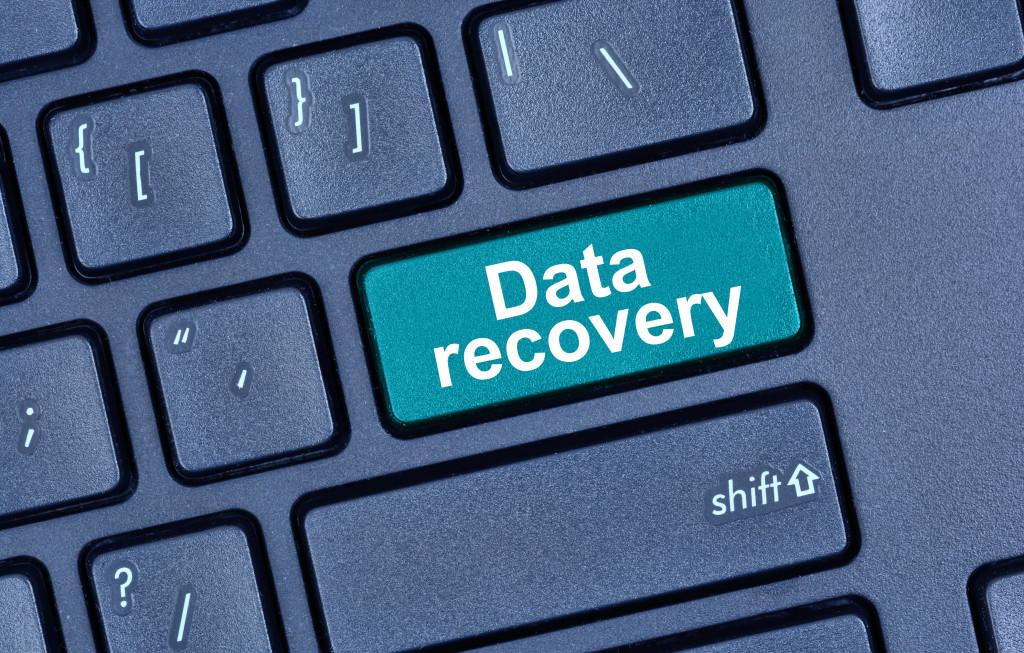Tips to Keep Your Remote Employees Safe

From hacking and phishing scams to falling prey to cybercrime, there are many ways remote employees can become victims. As a business professional, it’s essential to take steps to ensure the safety of your employees. Not every employee will have the same level of understanding when it comes to cybersecurity, which is why it’s important to provide them with the resources they need to stay safe.
Here are a few tips to help keep your remote employees safe:
1. Educate your employees about cyber threats.
Ensure your employees know the most common cyber threats, such as phishing scams and malware. Educate them on identifying these threats and what to do if they encounter one. Additionally, provide them with resources such as an up-to-date anti-virus program and a secure VPN.
Depending on your company’s industry, you may also want to provide additional training on specific threats. For example, if you work in the healthcare industry, you may want to provide training on HIPAA compliance. You can find more information on specific industry threats from the
2. Require strong passwords.
One of the best ways to protect your employees’ accounts is by requiring strong passwords. Encourage them to use a mix of upper and lowercase letters, numbers, and special characters. Additionally, remind them to change their passwords regularly. This will help to reduce the risk of their accounts being hacked.
Employees should avoid using personal information such as their birthdays or children’s names when creating strong passwords. They should also avoid using easily guessed words like “password” or “123456.”
3. Use two-factor authentication.
Two-factor authentication adds an extra layer of security by requiring users to enter a code from their phone in addition to their password when logging in to their accounts. This makes it more difficult for hackers to access accounts even if they have the password. Some common two-factor authentication methods include text message codes and apps like Google Authenticator.
But you can also use two-factor authentication with physical devices, such as security keys. Security keys are USB devices that plug into your computer and verify your identity when logging in to your account. They’re a more secure option than text message codes, but they can be more expensive.
4. Educate them on what to do when scammed.
An employee may suddenly tell you, “I gave a scammer remote access to my computer” or “I clicked on a malicious link in an email.” While educating your employees on how to avoid these scams in the first place, it’s also essential to educate them on what to do if they find themselves in these situations.
When an employee falls for a scam, the first thing you should do is change their password and run a scan of their computer for malware. You should contact your IT department or an external IT consultant to help secure your system further. Depending on the severity of the situation, you may also want to contact law enforcement. Never try to handle these situations alone, as you could worsen the situation.

5. Encourage employees to back up their data.
If an employee’s device is lost or stolen, data backup will ensure they don’t lose important files. Remind employees to regularly back up their data to an external hard drive or cloud storage service. Additionally, encourage them to encrypt their backups for added security.
Backing up data is also crucial in the event of a ransomware attack. If an employee’s device is infected with ransomware, they may be able to restore their data from a backup. This will help to prevent them from having to pay the ransom. But if you don’t have a backup, you may be forced to pay the ransom or lose your data entirely.
6. Provide them with secure communication tools.
There are many secure communication tools available that can help to keep your employees’ conversations private. You can use these tools for both internal and external communication. Because of the sensitive nature of some discussions, it’s crucial to choose a tool that is both secure and compliant with industry regulations.
Try to look for a communication tool that offers end-to-end encryption. This means the data is encrypted from the sender to the receiver and can only be decrypted by the intended recipient. Additionally, look for a tool that offers self-destructing messages. This feature will delete the message after a certain amount of time, ensuring that it can’t be accessed by anyone other than the intended recipient.
By following these tips, you can help to keep your remote employees safe. While no security measure is perfect, these tips will help to reduce the risk of data breaches and other security threats. Always educate your employees on security best practices, as they are the first line of defense against attacks. And if an employee does find themselves in a compromising situation, don’t hesitate to contact law enforcement or an IT professional for help.




